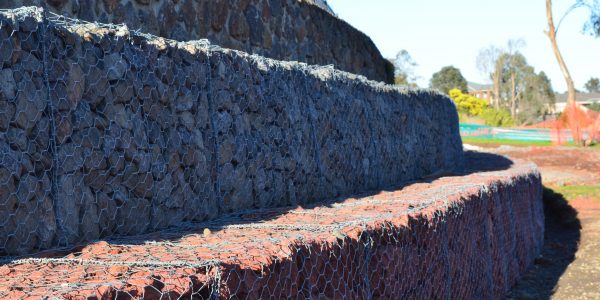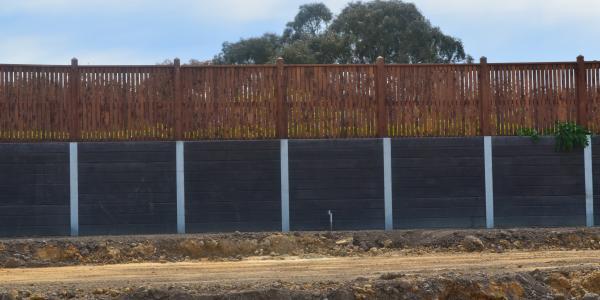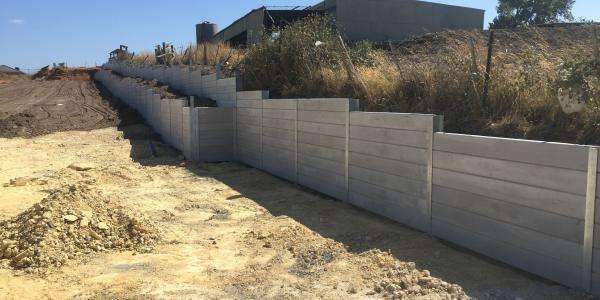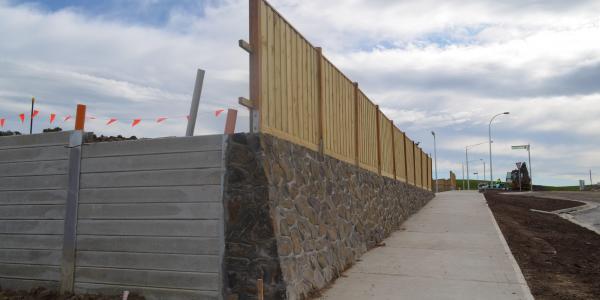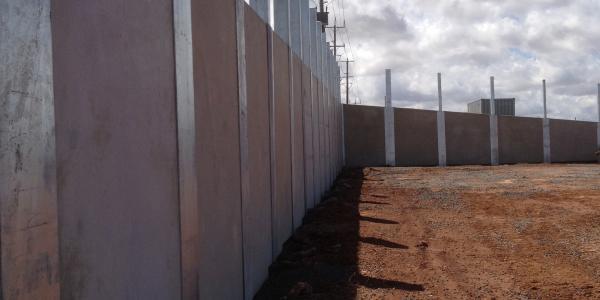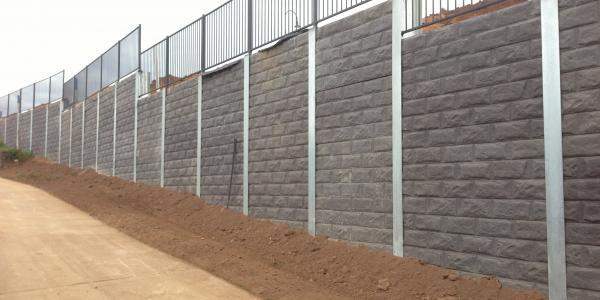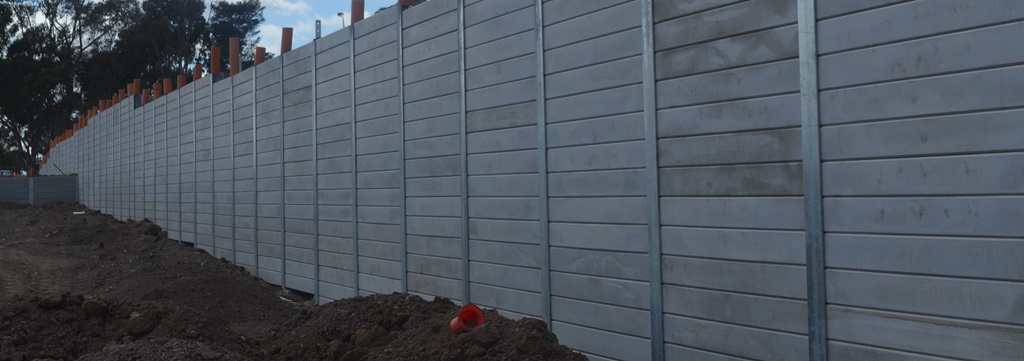
What are Commercial and Civil Retaining Walls?
Retaining walls are vital structures designed to hold back soil and prevent erosion, particularly in areas where abrupt changes in elevation occur. This page focuses on commercial and civil retaining walls, which play a crucial role in construction and infrastructure projects.
Commercial and civil retaining walls come in all shapes and sizes and are engineered to support and stabilize the landscape in public and commercial settings. These walls are often larger, more robust, and built with higher-grade materials compared to those in residential settings.
For examples of both commercial and civil retaining walls projects, check out some of our completed Stringline Projects.
Lifespan and Durability
The lifespan of retaining walls can vary greatly but is generally quite long – decades, thanks to high-quality materials and construction methods. Factors like climate, soil type, and maintenance also play a role in their longevity.
Maintenance and Inspection
Regular maintenance and professional inspections are crucial for ensuring the safety and longevity of these structures. This includes monitoring for signs of wear, erosion, and structural integrity.
Differences Between Commercial/Civil and Residential Retaining Walls
While residential retaining walls are often smaller and for largely aesthetic purposes, commercial and civil walls are designed for functionality and durability. They typically use more substantial materials like reinforced concrete and are subject to stricter engineering standards.
Uses and Applications
Commercial and civil retaining walls are integral in various applications, including supporting roads and bridges, landscaping in public parks, and underpinning large buildings.
Construction Process
The construction of commercial and civil retaining walls involves several steps, including site analysis, design by structural engineers, excavation, and layer-by-layer assembly of materials.

